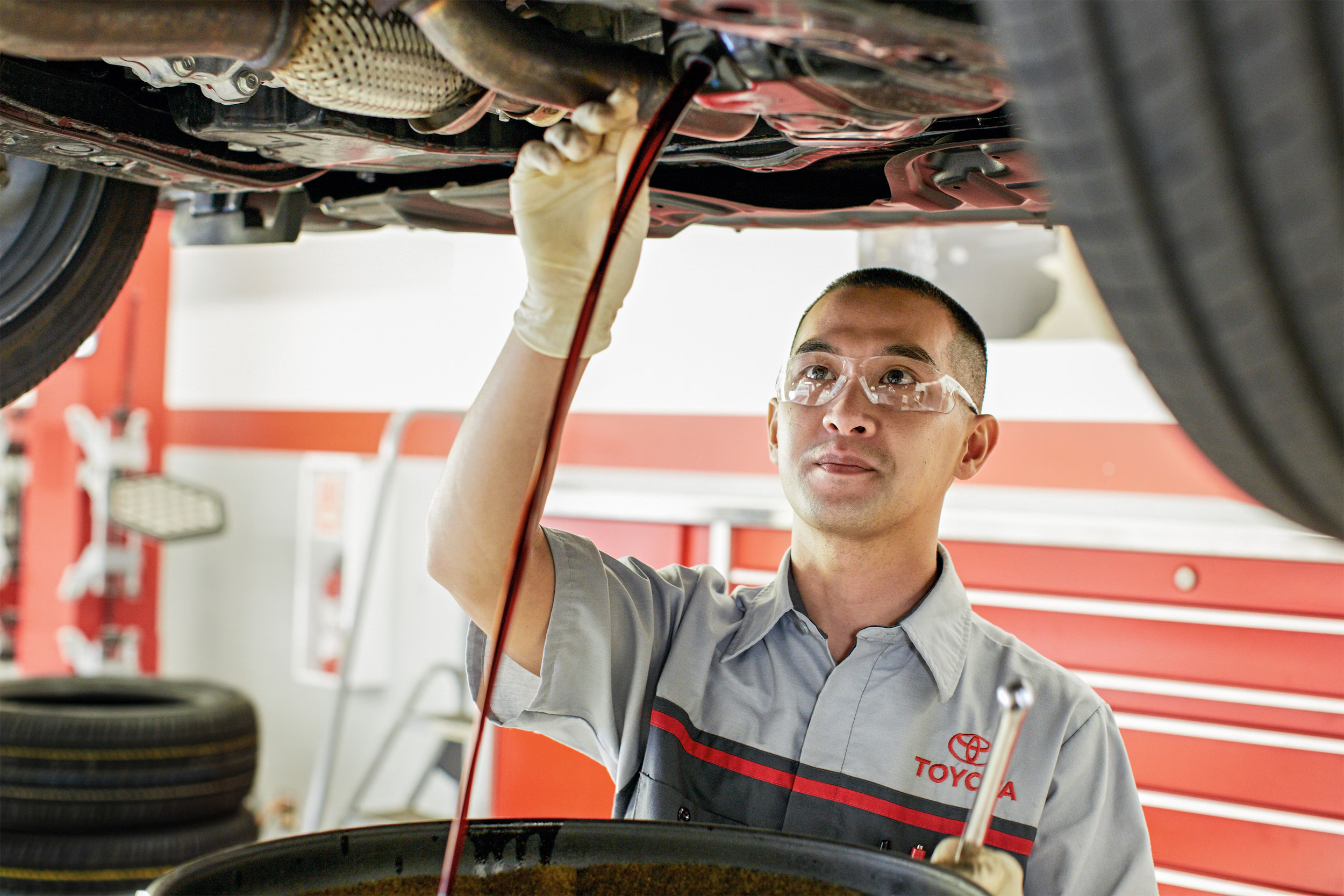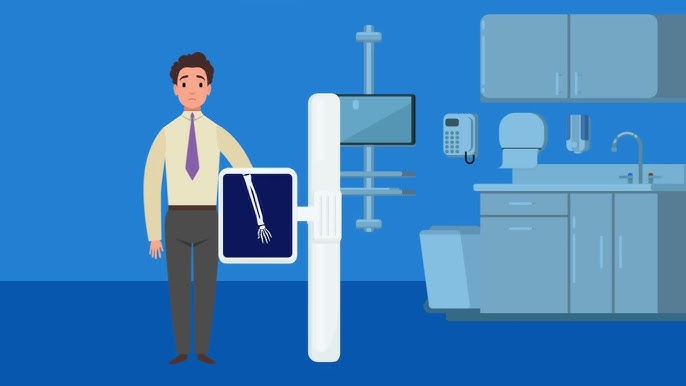Introduction: Why Selling a Car for Parts Makes Financial Sense
When a car reaches the end of its usable life, many owners assume their only option is to sell it for scrap metal. However, dismantling the vehicle and selling individual parts can yield significantly higher returns. This approach is especially valuable for cars with mechanical issues, older models with rare components, or vehicles with high-demand parts like engines, transmissions, or catalytic converters. how to sell a car for parts
Selling a car for parts requires effort, but the financial rewards often outweigh the challenges. For example, a 2010 Toyota Camry with a blown engine might fetch $500 as scrap, but its transmission, alternator, and catalytic converter could collectively sell for over $1,500. Additionally, this method reduces waste, as functional parts are reused rather than ending up in landfills. how to sell a car for parts

This guide will walk you through every step of the process, from evaluating your car’s part-out potential to listing components online and closing sales. Whether you’re a first-time seller or a seasoned DIY enthusiast, these strategies will help you maximize profit while minimizing headaches. how to sell a car for parts
Assessing Your Car’s Part-Out Potential
Before dismantling your car, determine which parts are worth selling. Start by researching your vehicle’s make, model, and year. Popular models like Honda Civics or Ford F-150s often have higher demand for parts due to their longevity and large user base. Use online platforms like eBay Motors, Car-Part.com, or forums to identify high-value components. how to sell a car for parts how to sell a car for parts
Key parts to prioritize include:
Engines and transmissions: Even if non-functional, rebuildable cores can sell for 20–40% of their refurbished value. how to sell a car for parts how to sell a car for parts
Catalytic converters: Precious metals like rhodium and palladium make these highly valuable (e.g., $200–$800 depending on the vehicle). how to sell a car for parts how to sell a car for parts
Body panels and interior components: Undamaged doors, seats, or dashboards from discontinued models can attract collectors. how to sell a car for parts how to sell a car for parts
Tools like the National Automobile Dealers Association (NADA) guide or Kelley Blue Book’s “My Car’s Value” can provide baseline estimates. However, real-world prices vary based on condition, rarity, and buyer location. how to sell a car for parts
Gathering the Right Tools and Workspace
Dismantling a car requires basic mechanical tools and a safe workspace. Essential tools include: how to sell a car for parts how to sell a car for parts
Socket sets and wrenches: For removing bolts and fasteners.
Jack stands and a hydraulic jack: To lift the vehicle securely. how to sell a car for parts
Screwdrivers and pry tools: For interior trim and electrical components.
If you lack a garage, consider renting a storage unit or using a driveway covered by a tarp. Ensure the workspace is well-ventilated, especially when handling fuel or battery acid. Always wear gloves and safety goggles to avoid injuries from sharp edges or chemical spills.
For complex components like airbags or hybrid batteries, consult repair manuals or YouTube tutorials. Improper removal can damage parts or pose safety risks. how to sell a car for parts
Disassembling the Car Methodically
Start by removing easily accessible parts like mirrors, headlights, or seats. Label each component with sticky notes or masking tape to avoid confusion. Store small parts like screws and bolts in zip-lock bags, noting their original location (e.g., “driver’s side door hinge”). how to sell a car for parts
Next, drain all fluids to meet environmental regulations. Oil, antifreeze, and brake fluid must be disposed of at approved recycling centers—many auto parts stores offer free drop-off services. Remove the battery and check local laws for disposal; some retailers provide cash incentives for used batteries. how to sell a car for parts
For mechanical parts like the engine or transmission:
Disconnect the fuel lines and electrical wiring.
Unbolt the engine mounts and use a hoist to lift it out.
Clean the part with degreaser to improve its marketability.
Navigating Legal and Environmental Requirements
Selling car parts isn’t just about profit—it’s also about compliance. Most states require a valid vehicle title to prove ownership, even if the car is non-operational. Without a title, you may face legal challenges or limited buyer interest.
Environmental regulations vary by location. For instance, California’s Bureau of Automotive Repair (BAR) mandates proper disposal of hazardous materials, while Texas requires sellers to provide a “Bill of Sale” for individual parts. Check your state’s Department of Motor Vehicles (DMV) website for specifics.
To avoid liability:
Remove the vehicle identification number (VIN) from major components like the engine block. how to sell a car for parts
Keep records of all sales transactions.
Clearly mark parts “as-is” to prevent warranty disputes.
Pricing Strategies for Maximum Profit
Accurate pricing is critical. Overpriced parts languish unsold, while underpricing leaves money on the table. Research competitors’ listings for similar parts, adjusting for condition. For example, a used alternator with 50,000 miles might sell for 60% of its new price if tested and guaranteed. how to sell a car for parts
Consider bundling related items. A set of four OEM rims with tires could sell for more than individual wheels. Alternatively, offer discounts for bulk purchases—e.g., “Buy the transmission and get the driveshaft for 50% off.” how to sell a car for parts
Dynamic pricing tools like eBay’s “Sold Listings” filter or Facebook Marketplace’s price suggestion feature can streamline this process. how to sell a car for parts
Listing Parts Online Effectively
Platform choice depends on the part type:
eBay Motors: Ideal for rare or high-value items (e.g., vintage car parts). how to sell a car for parts
Craft listings with detailed descriptions and high-quality photos. Include:
Part condition (e.g., “OEM alternator, 72k miles, tested working”). how to sell a car for parts
Compatibility (make/model/year).
Shipping options (local pickup vs. nationwide delivery).
Use keywords like “OEM,” “low mileage,” or “rare” to improve search visibility.
Managing Sales and Customer Expectations
Respond promptly to buyer inquiries to build trust. For expensive items, offer video demonstrations to prove functionality. Use secure payment methods like PayPal Goods & Services, which protects both parties from fraud.
For shipping:
Wrap fragile parts in bubble wrap and use sturdy boxes.
Offer insurance for high-value shipments.
Provide tracking numbers immediately after dispatch.
Handle returns gracefully. A 30-day warranty for mechanical parts can differentiate you from competitors.
Exploring Alternatives to Parting Out
If disassembling the car seems overwhelming, consider alternatives:
Sell to a junkyard: They’ll handle dismantling but pay less (e.g., $300–$800).
Use a part-out service: Companies like Peddle or Copart will buy the car and harvest parts themselves.
Donate the vehicle: Claim a tax deduction while supporting a charity.
Weigh these options against the time and effort required for a DIY part-out.
Conclusion: Turning Clunkers into Cash
Selling a car for parts is a lucrative but labor-intensive process. By identifying high-value components, pricing strategically, and leveraging online platforms, you can transform an old vehicle into a steady income stream. Stay organized, prioritize safety, and always comply with local laws—your effort will pay off in both profit and satisfaction.










